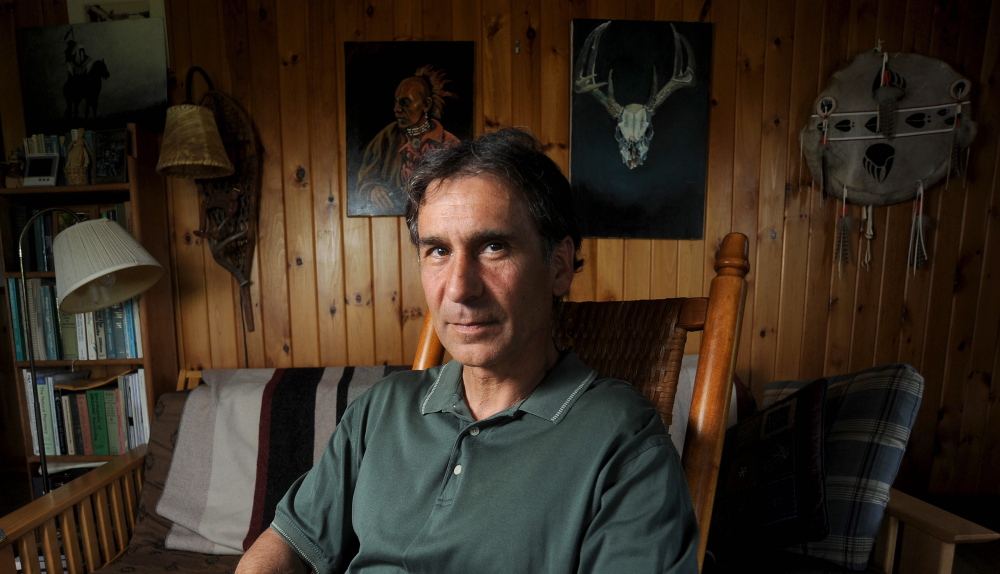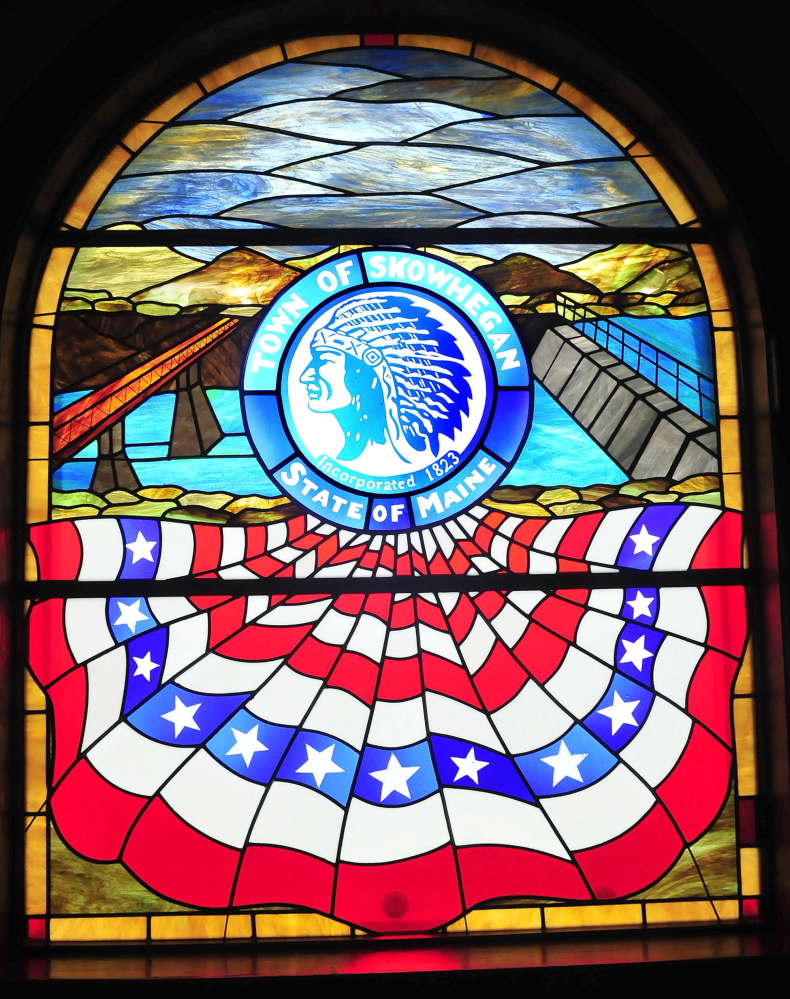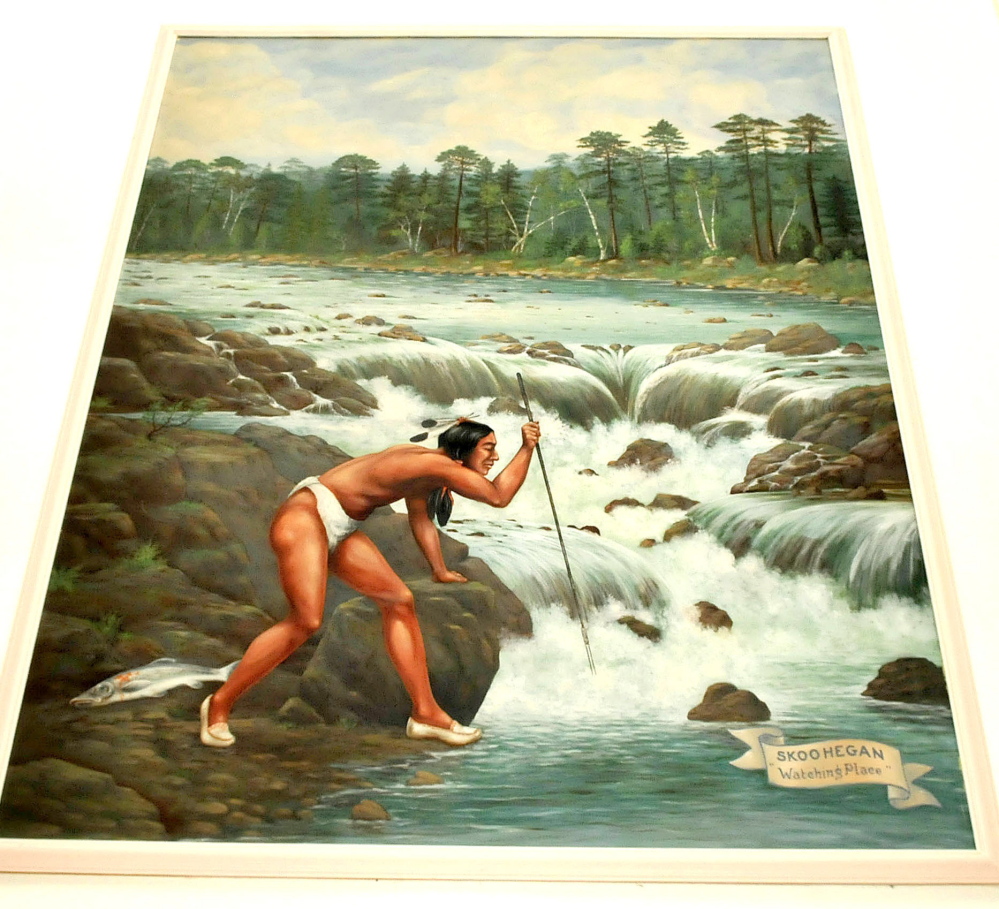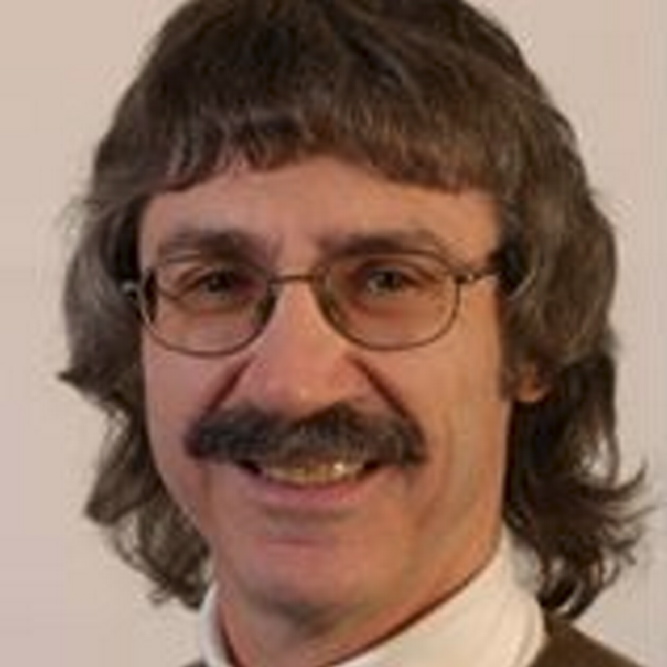Skowhegan Area High School, one of the last schools in Maine to use the image and name of an American Indian as its sports mascot, is revisiting the issue after school officials were contacted by a Maine author.
The school board is going to have an “informal conversation with some Native American representatives” about the issue sometime early next year, School Administrative District 54 Superintendent Brent Colbry said.
Maine’s Indian tribes, like those elsewhere in the nation, have said over the past decade that Indian logos and mascots at the state’s schools are offensive representations. But many in Skowhegan say the Skowhegan Indians’ team name represents the town’s heritage — a history that’s even reflected in the town’s Abnaki name
During recent meetings, Colbry told the school board that the issue of the Indian mascot “has been raised again” and that the new high school principal, Monique Poulin, has been contacted about it. Colbry suggested that the school board should consider involving the community and the town to have a public forum on the matter, according to the meeting minutes.
Colbry said emails to Poulin from Ed Rice, of Orono and New Brunswick, who is actively trying to get Maine schools to make the change, encouraged new discussion about the issue of using the image of an American Indian as a school mascot. Rice is a journalist, adjunct college instructor and the author of a biography of Louis Sockalexis, a Penobscot who played more than a century ago for what became the Cleveland Indians major league baseball team.
“Many school districts have done away with any kind of Indian mascots or Native American mascots. Old Town, obviously the most prominent place, allowed that,” Colbry said. “I brought it to the school board and said, ‘What would you like to do?'”
He said that as a result of that conversation, the board “is willing to allow a small group” to meet with some Native American representatives, including former Penobscot chief Barry Dana, who lives in Solon, “for the purpose of ‘Can you talk to us about what it is that you find undesirable or offensive?'”
“We need to get a sense of what it is they are concerned about,” Colbry said.
Contacted by phone, Rice, who tried for years to get the Cleveland Indians to get rid of their Chief Wahoo mascot, said John Bear Mitchell, a professor of Native American studies at the University of Maine, inspired him to turn his attention locally.
“He said something that really, really stuck with me,” Rice said. “He said the circle starts from the center; it doesn’t start from the outside. I immediately understood that I should be focused on this issue in my own community and my own home state.”
Old Town High School replaced the name Indians with the name Coyotes. The first Maine school to change was Scarborough High School, in 2001. The school dropped Redskins in favor of Red Storm. Husson University eliminated the Braves nickname and became the Eagles. Wiscasset High School and Sanford High School eliminated the Redskins nickname. Wiscasset teams are now known as the Wolverines, while Sanford athletes are the Spartans.
There was a similar meeting at Nokomis Regional High School in Newport recently concerning the nickname Warriors and the image of an Indian as the school logo.
“They want to leave the name Warriors but do away with the Indian mascot, and that seemed to be OK,” Colbry said.
Even so, the sign at the entrance to Nokomis Regional High School still has an image of an arrowhead with a round insignia showing an Indian head with two feathers.
Greg Potter, superintendent of Newport-based RSU 19, which includes Nokomis, said the American Indian image has not been dropped entirely at the high school, but has been incorporated along with other images in a kind of coat of arms to represent the district and its history.
“Nokomis uses a variety of different images and there are a number of different, historic images that are still around,” Potter said Friday. “It is still used as a part of a series of images, yes. It’s not the specific, official image or the only image that is used.”
Helen Ackerson, a member of the Wells-Ogunquit school district’s school committee, said the Wells High School team name — also Warriors — is still under consideration.
“The current members of the school committee have not had an opportunity to discuss the Warrior mascot,” Ackerson said Friday. “If the board receives concerns from the community, we will certainly consider adding it as an agenda item for discussion at a future meeting.
The issue might be trickier in Skowhegan, where images of American Indians are prominent elsewhere. The name Skowhegan is an Abnaki word meaning “a place to watch.” It refers to the rocky outcroppings of the Kennebec River gorge, which runs through what is now downtown. Indigenous people watched there for fish to spear or to capture in nets for food for the winter. A 62-foot Skowhegan Indian sculpture by Maine artist Bernard Langlais, near downtown, depicts such an Indian with a weir, or fishing net.
In Skowhegan, the image of the American Indian on the rocks by the river dates back to school art project in 1929 and is prominently displayed in murals inside the Skowhegan Opera House and on the town seal.
But Dana, who is an active voice in promoting Penobscot culture and history in Maine, said the heritage and the mascot image are two different things.
“Indians are not mascots,” Dana said. “All others (high schools) have dropped names that had no wriggle room, like Redskin or Indian, and have changed all imagery — all schools in Maine except Skowhegan.
“I think as far as the town wishing to maintain some form of native identity can be a topic for discussion that must include native input as to how it can be done appropriately. But being used as a mascot just crosses any reasonable line of agreement,” he said.
Colbry said the Skowhegan school board wants to know whether it’s the image, the name or both that people find offensive. He said he and the board will contact Dana after Christmas to set up a meeting, possibly with a public forum to follow.
Colbry noted, though, that the American Indian imagery in Skowhegan goes way beyond the name and the high school mascot.
“This isn’t just a school issue. This community, the name of the town, the Langlais sculpture — the town identifies itself that way as a municipality,” he said. “It’s very deep here in the culture of the community. We see it as honoring the heritage of our community, but Native Americans don’t always see it that way.”
Rice said he started a campaign to change the names of Maine high school mascots in 2010, working with the Maine Indian Tribal State Commission. At that time there were nine schools in Maine where the “Indian” nickname or mascot was still being used, down from as many as 30 some 15 years ago.
“There are many, many communities that tried to say that they are showing respect and showing honor by doing this,” Rice said. “But when you talk to many Native Americans — and of course, Barry Dana — they will tell you that they don’t see respect and honor in this and that there are lots of ways for communities to show respect for Native American heritage, but they don’t need to make a Native American into a mascot.”
Doug Harlow — 612-2367
Twitter: @Doug_Harlow
Send questions/comments to the editors.








Comments are no longer available on this story